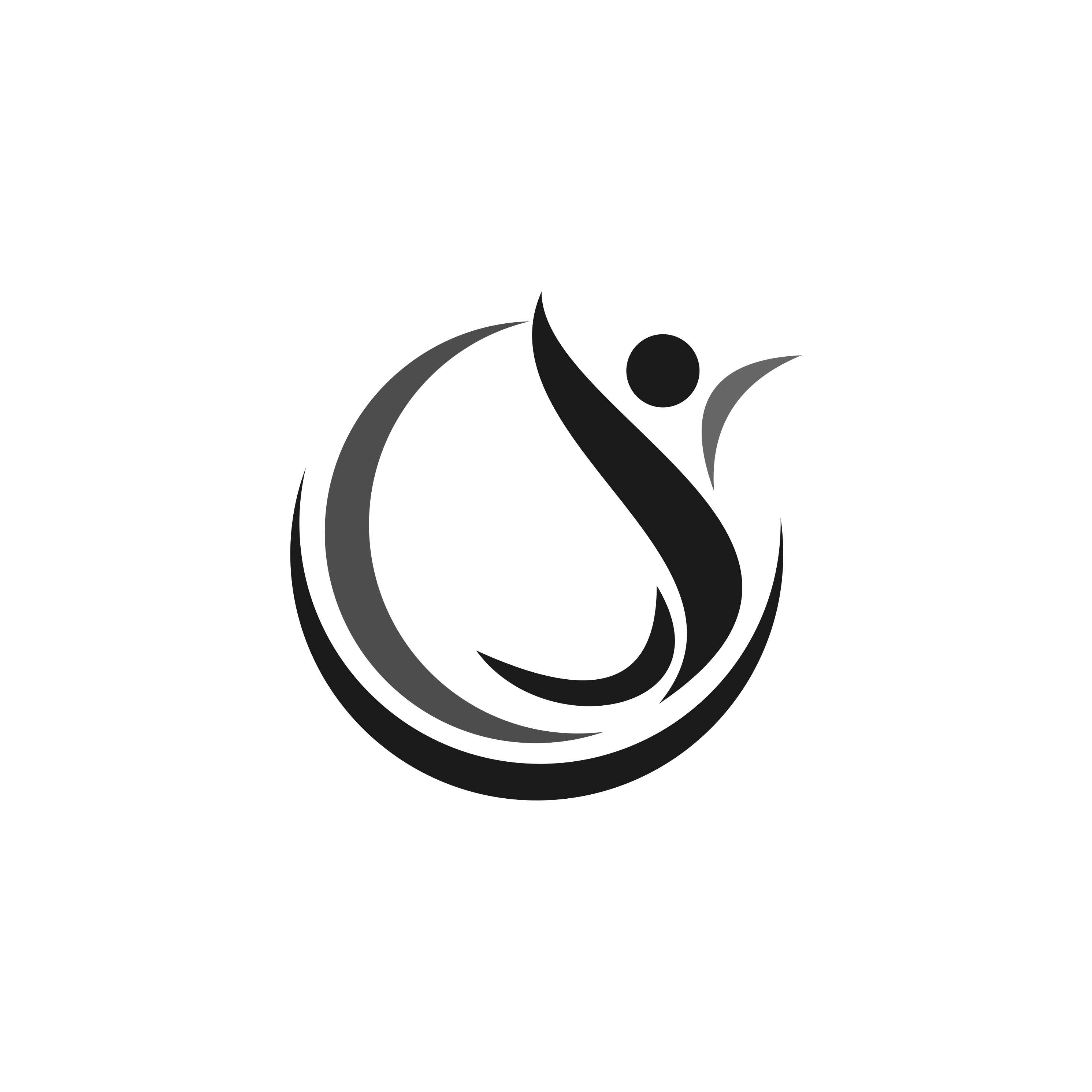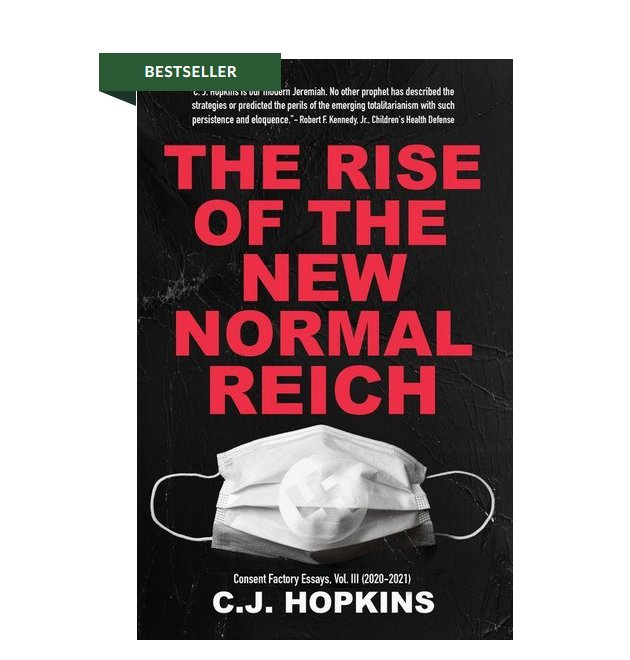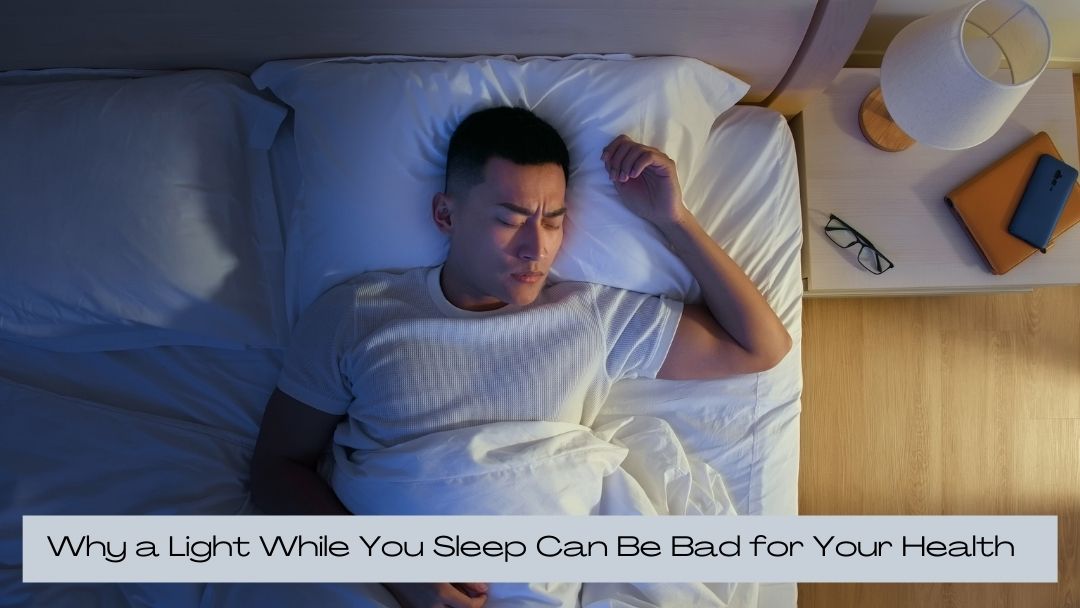Well, it has been quite a year, 2022. I’m officially dubbing it “The Year of the Gaslighter.” I was going to dub it “The Year of the Mother of All Mindfucking Global-Capitalist Gaslighters,” but that seemed like a mouthful, so I’m opting for brevity.
Seriously, if there were an Olympics of Gaslighting, GloboCap (i.e., the global corporatocracy) would take the gold in every event. At this point, the majority of the global masses have been successfully gaslighted into a semi-conscious, quasi-cyclothymic state in which they oscillate, on a moment-by-moment basis, between robotic obedience and impotent rage. Those who are not still walking around in their masks and prophylactic face shields and injecting themselves with experimental “vaccines” for reasons they no longer even pretend to be able to articulate without gibbering like imbeciles are genuflecting at the feet of an oligarch huckster who they believe has come to deliver them from Wokeness.
If you were GloboCap, and in the process of imposing your new official ideology on the entire planet in a kind of global Gleichschaltung op, and otherwise establishing your “New Normal Reich,” and you needed the masses confused and compliant, you couldn’t ask for much more from your Gaslighting Division!
The gaslighting got underway in January, when the corporate media, health authorities, and other major organs of the New Normal Reich started suddenly “discovering” that the official Covid narrative was “inaccurate,” or, you know, a bunch of lies.
A series of limited hangouts ensued.
Suddenly, it appeared that the “Covid case” and “Covid death” statistics were inaccurate, or inflated, or had been fabricated. The “vaccines” didn’t work. They were killing people. Lockdowns had been a “serious mistake.” And so on. Duplicitous politicians, pusillanimous public-health authorities, perfidious pundits, and assorted other professional sycophants and lying weasels were shocked to discover they had inadvertently been part of the most insidious PSYOP that had ever been perpetrated on the masses in the history of insidious mass-PSYOPs.
The Last Days of the Covidian Cult were upon us! The Corporatocracy had overplayed their hand, and underestimated their opposition, and they knew it.
But the Cult was not going to go down quietly. In February, in Ottawa, Canada, thousands of truckers and other working-class people who had had enough of the Pandemic PSYOP occupied the streets outside the capitol and demanded an end to “vaccination mandates,” segregation of “the Unvaccinated,” and other “emergency health measures.” Justin Trudeau, the Canadian media, and their counterparts throughout the New Normal Reich immediately denounced the protesters as “treasonous, Russia-backed, transphobic, Nazi terrorists.”

This affront to the authority of the New Normal Reich could not be allowed to go unpunished, so Trudeau declared de facto martial law and unleashed a battalion of militarized police and other unidentified goons to beat and trample the protesters with horses (including one old lady with a “terrorist walker”). Then he went about hunting down and freezing the bank accounts of any Canadians who had donated to the protest, and otherwise attempting to destroy the lives of anyone who had disobeyed him.
This display of contempt for the rule of law and the ruthlessness of the New Normal Reich was one of the last of the bloody crackdowns on dissidents in countries all over the world that had been in progress for over a year by then, e.g., in Australia, The Netherlands, France, Germany, China, and other countries. These vicious “crackdowns” on peaceful protests were conducted “to protect the public health,” of course, and were not at all a display of brute force meant to intimidate the masses into obedience. The global-capitalist ruling classes are not fascists, or totalitarians, after all, and anyone who suggests they are is clearly a “Russia-backed, Covid-denying, conspiracy-theorizing extremist,” or whatever.
Oh, and speaking of totalitarians, and fascists, and goose-stepping, Sieg-heiling neo-Nazis, the Gaslighting Cavalcade of 2022 reached a whole new level of gaslighting in March, when, after years of provocation, Russia finally invaded Ukraine, and all the Ukrainian neo-Nazis that the corporate media had been extensively reporting on magically vanished into the ether.
Yes, it was Springtime for the GloboCap Nazis! And not just for the GloboCap Nazis! Liberals, still struggling with withdrawal symptoms from the adrenaline rush of the Covidian Cult, and the thrill of fanatically persecuting “the Unvaccinated,” suddenly had a new official narrative that they could mindlessly parrot and fanatically defend from the “conspiracy theorists” and “disinformationists.”
The only problem was, it didn’t make any sense. According to the new official narrative, those reports of Ukrainian neo-Nazis by virtually every mainstream media outlet and Nazi-hunting organization on the planet in the years leading up to 2022 were now, suddenly, just “Russian propaganda.” GloboCap hadn’t even bothered to scrub or visibility-filter those reports. They were all still right there on the Internet.

And, OK, the other problem was, in order to remain “New Normals in Good Standing” and keep their jobs and social contacts, liberals were now forced to actively cheer for swastika-tattooed, Sieg-heiling Nazis, and look the other way as Ukrainian fascists advocated the mass murder of children and quoted Adolf Eichmann on Ukrainian television.
The Spring and Summer were kind of a blur, or maybe I was just preoccupied with publishing The Rise of the New Normal Reich, a collection of my essays documenting the rollout of the New Normal in 2020 and 2021, which was an international Barnes & Noble and Amazon bestseller upon its release, and then was promptly banned by Amazon in Germany, The Netherlands, and Austria, and labelled with a “Covid-19 vaccine warning” advising readers to visit the CDC before purchasing and (God help them!) reading the book in every other Amazon market.
I vaguely remember something about monkeypox, but, mostly, when I wasn’t promoting the book, or struggling to keep my breakfast down after seeing another one of my liberal friends cheering for neo-Nazis on Facebook, I was focused on events here in New Normal Germany (which, yes, mask mandates are still in effect), and The Normalization of the New Normal Reich (which, no, is not over, but is just beginning), and attempting to start to emotionally recover from two solid years of official gaslighting, demonization, segregation, and so on.
Fortunately, in September, right on cue, as I was working through my emotional issues, i.e., how most of my former friends and colleagues had either gone silent and looked away as our constitutional rights were cancelled, dissent was censored and demonized, goon squads were dispatched to brutalize dissidents, experimental “vaccines” were forced on people, a social segregation system was implemented, and so on, or else, if they hadn’t gone silent, they had joined the shrieking fascistic mob … just as I was starting to process all that, as were a lot of other people, a prophet arrived on the “freedom” scene!
That’s right, as it turned out, I was totally wrong about the new totalitarianism, and how it works! I had stupidly assumed it was a political phenomenon … you know, a sociopolitical and cultural system imposed on the masses from above by force, but, according to Mattias Desmet, it’s actually a psychological phenomenon, a “mass formation” or “mass hypnosis”-type thing!
It’s possible that I’m not describing it correctly. As his devoted fans have repeatedly informed me, I don’t understand the nuances of Desmet’s theory. He explained it all on the Alex Jones show, while he was lying, which he does, repeatedly, but … whatever. I’m not a professor of psychology. The point is, the Covidian Cultists were all hypnotized! No one was threatening or gaslighting the masses! The poor confused things were doing it to themselves!
But that was not the end of the gaslighting. Globocap saved the best for last!
See, the problem was, there were all these people who hadn’t joined the Covidian Cult or any other part of the New Normal movement, and who were extremely angry about having been demonized, and segregated, and censored, and gaslighted, and so on, by their governments, global corporations, non-governmental governing entities, the corporate media, “scientific experts,” and the majority of the masses for two and a half years.
Something needed to be done about all that anger. It needed to be redirected somewhere. At something that wasn’t GloboCap, and that wouldn’t interfere with the New Normal program.
Emperor Elonicus to the rescue!
If Elon Musk wasn’t actually appointed by the global-capitalist ruling classes to redirect the pent-up anger of “the Unvaccinated” demographic, and the “Systematically Censored and Demonized” demographic, and everyone else who opposed the New Normal into a balls-out left/right shit-slinging contest … well, they couldn’t have found anyone better for the job.
Consider what he’s accomplished in the space of six weeks. After purchasing Twitter for $44 billion, he bought himself a couple of independent journalists — because who could resist the Twitter Files? I certainly couldn’t have, had I been in their position — and is staging the most audacious limited hangout in the history of audacious limited hangouts. Whether it will work over the longer term is unclear — Bari Weiss and Matt Taibbi are already starting to become uncomfortable with being perceived and treated as Elon Musk’s employees — but, so far, it is going gangbusters!
Now, students of limited hangouts, whitewashing, and other COINTELPRO ops, really need to pay attention. Because the beauty of this limited hangout is that the “hangout” is actually a monumental story, an up-close look at the nuts-and-bolts processes of the global-capitalist Ministry of Truth. As Matt Taibbi reported in a recent piece …
“… the Twitter Files show something new. We now have clear evidence that agencies like the FBI and the DHS are in the business of mass-analyzing social media activity — your tweets and mine, down to the smallest users with the least engagement — and are, themselves, mass-marking posts to be labeled, ‘bounced,’ deleted or ‘visibility filtered’ by firms like Twitter. The technical and personnel infrastructure for this effort is growing. As noted in the thread, the FBI’s social media-focused task force now has at least 80 agents, and is in constant contact with Twitter for all sorts of reasons. The FBI is not doing this as part of any effort to build criminal cases. They’ve taken on this new authority unilaterally, as part of an apparently massive new effort to control and influence public opinion. These agencies claim variously to be concerned about election integrity, foreign interference, medical misinformation, and monitoring domestic extremism, among other things. As crises wax and wane, the building out of the censorship infrastructure to ever-bigger and broader dimensions has been constant, suggesting that creating and deploying the tool to manipulate opinion was always the real end.”
And this monumental story is being buried in shit … American red/blue partisan shit. With a series of ham-handed PR stunts, cheap provocations, attention-grabbing antics, and good old-fashioned diversionary shit-slinging, Musk is (a) whitewashing the new “free-speech Twitter,” which continues to censor and defame us with impunity, (b) burying the actual story under a steaming heap of partisan acrimony, and (c) driving a big blunt wedge into the supra-partisan coalition of forces that had aligned in opposition to the roll-out of the New Normal.

That, my friends, is some world-class gaslighting! And the wildest part is, he probably doesn’t even consciously realize what he’s doing. Nevertheless, by the time he’s done playing grab-ass with the freedom-of-speech thing, and getting revenge on Taylor Lorenz, and so on, corporate censorship will have been completely normalized. “Freedom of speech” will be a running joke, as opposing camps of hate-drunk hypocrites take turns applauding as global corporations and their governmental partners censor one camp or the other.
On that cheery note, I’ll sign off for the year, and go tend to all the irate messages I’m getting from abject Elon Musk worshipers, and the hate-email from assorted anti-Semites, and so on, and then hibernate until 2023.
Oh, yeah, and those “Covid Twitter Files.” I can’t wait to scroll through those with a nice glass of eggnog. I’m sure they will be coming out any day now, maybe even on Christmas morning!
Happy holidays to one and all!
###
CJ Hopkins
December 18, 2022
Photo: Gaslight, MGM
DISCLAIMER: The preceding essay is entirely the work of our in-house satirist and self-appointed political pundit, CJ Hopkins, and does not necessarily reflect the views and opinions of the Consent Factory, Inc., or its staff, or any of its agents, subsidiaries, or assigns. If, for whatever inexplicable reason, you appreciate Mr. Hopkins’ work and would like to support it, please go to his Substack page, or his Patreon page, or send a contribution to his PayPal account, so that maybe he’ll stop coming around our offices trying to hit our employees up for money. Alternatively, you could purchase his satirical dystopian sci-fi novel, Zone 23, or Volumes I, II, and III of his Consent Factory Essays, or any of his subversive stage plays, which won some awards in Great Britain and Australia. If you do not appreciate Mr. Hopkins’ work and would like to write him an abusive email, feel free to contact him directly.





